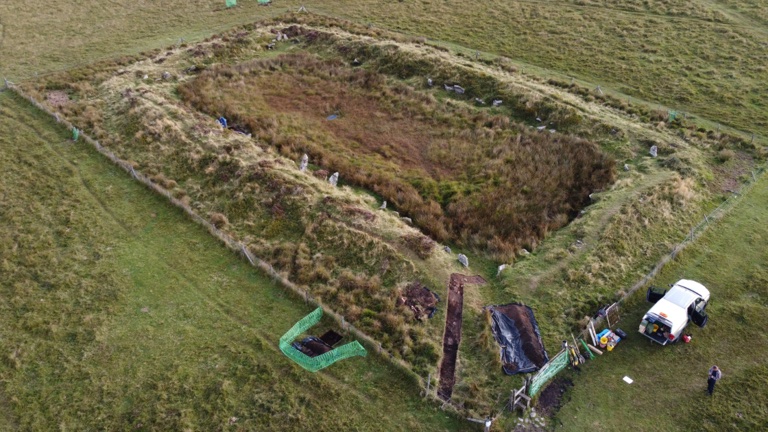- Get link
- X
- Other Apps
- Get link
- X
- Other Apps

Excavations at the site of King Arthur's Hall on Bodmin Moor have revealed a stunning discovery: the monument, once believed to be a medieval construction, actually dates back around 4,000 years earlier. The site, composed of standing stones sourced from the nearby area, was initially thought to be from the medieval period. However, recent research led by the Cornwall Archaeological Unit (CAU) suggests that it was constructed during the Neolithic period.
To confirm this theory, the team took sediment cores from the site, uncovering insects, pollen, and parasite eggs. Radiocarbon and optically stimulated luminescence dating placed the monument's construction between 5,500 and 5,000 years ago. According to CAU archaeologist James Gossip, people used and maintained the site for various purposes over time, including during the medieval era.
“This discovery helps us better understand the origins and evolution of King Arthur’s Hall,” said Gossip. “It gives us insight into how this remarkable monument may have been used throughout history.” This new dating shifts our perspective on the site, offering valuable clues about ancient human activity in the region. What do you think this discovery reveals about the continuity of cultural practices across millennia in Cornwall?
- Get link
- X
- Other Apps